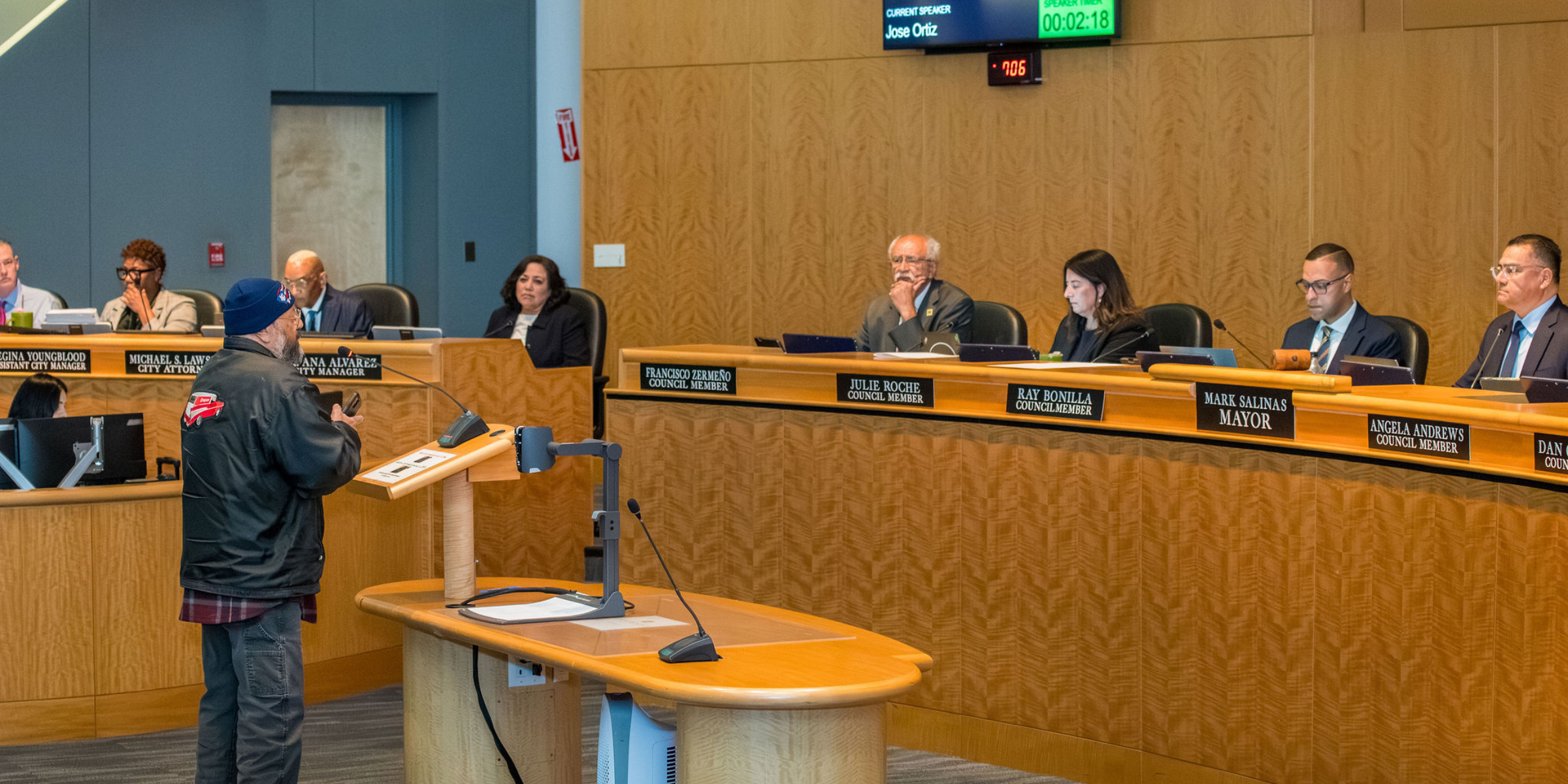Permits, Plans & Projects (A-Z)
TO CHECK THE STATUS OF A PERMIT PLEASE VISIT OUR E-PERMITS PORTAL , FOR ALL OTHER PERMITS OR PROJECT INFORMATION, SEE BELOW.
Updated: June 29, 2023
Assembly Bill 2011 (AB 2011) and Senate Bill 6 (SB 6), both effective on July 1, 2023, create processes and standards to permit residential development on sites zoned and designated for commercial and retail uses.
The Hayward Fire Code prohibits the storage of flammable or combustible liquid in aboveground tanks - 60 gallons in capacity or larger, unless approved by the Fire Marshal.
Permit - Building | Residential: Submit online via e-Permits Portal
Plan - Requires Planning Director Approval: Submit online via e-Permits Portal
If practical difficulties prohibit the use of materials and methods prescribed in the Hayward Fire Code, the Fire Marshal may approve the use of alternate means of protection in the design, use or operation of a structure or equipment.
The Hazardous Materials Office administers the CalARP Program in Hayward.
Commercial Cannabis Businesses Overview:
The City of Hayward allows commercial cannabis businesses to operate in the City. The following commercial cannabis business activities are allowed in the City:
Please click the following link to learn more and to apply for a CCW License:
Concealed Carrry Weapon Permit Application
Plan - Pre-Applications: Submit online via e-Permits Portal
Plan - Requires Planning Commission Approval: Submit online via e-Permits Portal
Updated: Mar. 5, 2025
Plan - Public Works: Submit online via e-Permits Portal
A Fire Department permit is required to conduct blasting.
A Film Permit Application is required to film in the City of Hayward
Plan - Public Works: Submit online via e-Permits Portal
A Fire Department plan checker reviews and approves fire alarm system plans on behalf of the Fire Marshal.
Fire permits are issued by the Fire Prevention / Hazardous Materials Division.
To assure that plans are reviewed for Fire Code requirements, a Fire Department permit is required for all new building.
The Fire Marshal's Office is responsible for coordinating and conducting fire and life safety inspection services for the City of Hayward.
Distributing free food to those in need? Apply for a food sharing permit with the City to protect public health and safety.
Plan - Requires Planning Director Approval: Submit online via e-Permits Portal
Plan - Requires City Council Approval: Submit online via e-Permits Portal
Plan - Public Works: Submit online via e-Permits Portal
A Hayward Fire Department annual permit is required for existing high-piled storage buildings where storage exceeds 2500 square feet in area.
Fire Department annual permit is required for any welding, cutting, grinding, or use of other similar open flame or spark producing appliances and equipment.
Updated: August
A Landscaping Permit is required to perform any of the grading activities outlined in HMC 10-12 on any site.
Plan - Public Works: Submit online via e-Permits Portal
Plan - Requires Planning Commission Approval: Submit online via e-Permits Portal
Updated: Mar. 5, 2025
Updated: May 18, 2023
A Fire Department permit is required for any installation of an automatic entry gate.
The Fairview Fire Protection District has contracted with the Hayward Fire Department to provide fire protection for the district.
Plan - Requires Planning Commission Recommendation and City Council Approval: Submit online via e-Permits Portal
Accessory Dwelling Units (ADUs) are defined as complete independent dwelling units that have permanent provisions for living, sleeping, eating, cooking, and sanitation. Detached ADUs are ADUs that have no connection or shared walls with the primary residence.
The Residential Parking Permit Program (RPPP) is meant to provide parking availability for those who live in residential areas that have a consistently high volume of non-resident parking. For more information on the RPPP, please contact Public Works-Transportation at (510) 583-4730.
Plan - Needs Approval by Planning Commission and City Council: Submit online via e-Permits Portal
Plan - Pre-Applications: Submit online via e-Permits Portal
Plan - Pre-Applications: Submit online via e-Permits Portal
Updated: June 27, 2025
Plan - Requires Planning Director Approval: Submit online via e-Permits Portal
Plan - Requires Planning Director and/or Planning Commission and City Council Approval: Submit online via e-Permits Portal
Special Events that involve using public spaces or could have a notable impact on city services, neighborhoods, businesses, or the community as a whole require approval through a Special Events Permit from the City. View our planning guide to learn more or click the button below to start your application.
A Fire Department annual permit is required to conduct a spraying or dipping operation that uses flammable or combustible liquids or the application of combustible powders.
Plan - Pre-Applications: Submit online via e-Permits Portal
Plan - Planning Director Approval: Submit online via e-Permits Portal
Updated: Dec. 5, 2023
Plan - Landscape Architect Approval: Submit online via e-Permits Portal
The purpose of underground fire service is to assure that an adequate amount of water from a reliable source is provided for Fire Department use in an emergency.
The City of Hayward, as a Certified Unified Program Agency (CUPA), fully regulates through the Hazardous Materials Office underground storage tanks (UST) containing hazardous materials, including petroleum products and used oil. Federal, state, and local laws and regulations have very specific requirements for UST systems.
Plan - Planning Director Approval: Submit online via e-Permits Portal
Updated: May 1, 2025
This permit allows property owners to create an agricultural preserve area under the Williamson Act (California Land Conservation Act of 1965) with the intent of entering into a Williamson Act contract with the City to restrict allowable uses and development on the parcel in exchange for a reduction in property tax assessments (Williamson Act Contract). The Willimson Act Program may only be exercised on properties zoned Agriculture District or Flood Plain District.
Updated: December 17, 2024
Plan - Council Approval: Submit online via e-Permits Portal
Plan - Pre-Applications: Submit online via e-Permits Portal








